During the ongoing anti-police brutality protests in the US, President Donald Trump suggested declaring the ‘Antifa’ movement a terrorist organization.
“The United States of America will be designating ANTIFA as a Terrorist Organization”, he said.
The United States of America will be designating ANTIFA as a Terrorist Organization.
— Donald J. Trump (@realDonaldTrump) May 31, 2020
The extremism of these self-proclaimed anti-fascists was also brought to the attention of Attorney General William Barr. “We have evidence that Antifa and other similar extremist groups, as well as actors of a variety of different political persuasions, have been involved in instigating and participating in the violent activity”, he said.
It is easy to understand what caused the anger of the President and Barr: antifa members have long been an annoyance to Republicans and Democrats alike, disrupting events and conducting information warfare campaigns. Today, they are some of the primary forces feeding the destructive aspect of the protests in Minneapolis and across the US.
Given the groups rise to prominence, the question arises: who are today’s antifa, what are they really fighting against and who is behind them?
Who is Antifa?
One can endlessly argue about who Antifa members are, because there are no clear answers: Antifa (originally a truncation of the word antifascist) is a decentralized movement which appeared in Italy among the opponents of Mussolini, while in Germany, ‘Antifaschistische Aktion’ has existed since 1923.
Antifa cannot be clearly defined as an organization, given that it is made up of anarchists who oppose formal organization as such. The disparate cells have no single leader or clear structure, the title acting as a broad umbrella (as is the cast with many terrorist formations).
Antifa is a worldview which obligates violent and direct confrontation with “fascists” (who these “fascists” actually are today is another big question), racists, anti-Semites, Nazis, xenophobes, homophobes, ‘authoritarian’ socialists and others that they see as opposed to their horizontalist ideology. Modern anti-fascists consider themselves heirs of the original German movement, classifying themselves as “left-wing”, but at the same time, the traditional left usually distances themselves from the group.
Today, it seems, just about anyone can be called a fascist – someone who disagrees with this or that thesis of the liberal system. These “fascists” are usually called populists in Europe (“Liberty Party” in Austria, “AfD” in Germany or “Rassemblement National” in France) although they might simply be a person who sees marriage as the union of men and women (militant ‘queerness’ has become a central tenet of antifa movements in the West). Fascists can be either white or black.
According to Mark Bray, the author of “Antifa: The Antifascist Handbook”, antifa is a loose movement of “decentralized revolutionary self defense” opposed to the far right.
The movement has no clear branches, but some of its members are members of protest movements (“Occupy”, “Black Lives Matter” and others), funded organizations and politically active trade unions around the world.
The movement is often anti-intellectual, privileging action, although they have their theoreticians, such as the radical French anarchist collective Tiqqun whose work inspired the insurrectionary movement of the mid 2000s. Unlike the real left, these anti-fascists consider destruction their praxis – throwing incendiary mixtures, disrupting events, hitting “fascists”, hanging posters, and doxxing opponents. They often refuse to engage in dialogue with their opponents, and are extremely intolerant of anything they oppose or fail to understand.
At the same time, when it comes to anti-fascism, illegal actions and physical reprisals are justified not only by the activists themselves, but also by politicians and journalists. Everyone forgets the struggle against fascism (whatever that might be): as one of the activists stated, “physical resistance is a duty, an act of self-defence”.
From Germany to the US
In Germany, since the beginning of the antifascist movement, the word “antifascist” has had communist (extreme left) connotations – mainly in the western part of the country.
As a more politically active and protest movement, they were formed by the 1970s. In the 1980s, the movement gradually began to revive in the more “left-wing” parts of Germany – in West Berlin and Hamburg – with the support of squatters and left-wing students. After the reunification of Germany, anti-fascism became broader and more vague, as ideology found sympathy among eco-activists, anarchists, and gradually also among open liberals.
Closer to the 1980s, there was a split among anti-fascists into the so-called “anti-imperialist” wing (focusing on real criticism of capitalism and opposing the oppression of socialist regimes, mainly with anti-American sentiment) and what can be called the “anti-German” wing. Today, Germany is dominated by the “anti-German” wing, which has absorbed the main liberal ideas and goals (about gender, personal freedoms, etc.).
One can distinguish between the anti-imperialist and the “anti-German” activist, in particular, according to geopolitical guidelines. For example, if the “antiimperialist” wing (or rather what is left of it) supports Palestine (perceiving Israel as a fascist occupying state), then the “anti-German” wing overwhelmingly supports Israel and punishes others for anti-Semitism (arguing that Jews suffered so much because of the Third Reich and the Holocaust that they need constant support for the anti-fascist). In the case of the US, while Antifa by and large opposes the state of Israel, the same idea generally applies: Donald Trump’s attack on the anti-fascists, according to Haaretz, is an attack on the Jews, so the movement must be inviolable.
Many close to anti-fascist ideas interfere in foreign policy and support local terrorists – for example, the People’s Self-Defense Force (YPG) in the Middle East. Not surprisingly, Turkey supported Trump in criticizing the anti-fascist movement, which is deeply supportive of the Kurdish autonomous movements.
Modern antifascists blame the very fact of the existence of East Germany as a “source of nationalism” (which they see as essentially akin to fascism) – even the traditional family is a source of fascism, as well as the entire patriarchal system.
Thus, antifa (and not only German) gradually absorbed most postmodernist values and incorporated them into their essentially ultra-liberal discourse. As if by coincidence, they often became active advocates of the policy of the authorities – in particular, on the issue of open borders, etc. For example, anti-fascists targeted a rally opposing the open border policies of Chancellor Angela Merkel:
Anti Racist movements like Black lives matter, surrounded by leftists and giant commercial companies (like Netflix, Amazon, etc.) support antifa, thus removing the root of the traditional “left” position – criticism of capitalism.
As a result, only the label of the antifascism remains – all the content and values have completely changed. Paradoxically, what the first antifascists advocated, today’s antifascists would likely see as another form of fascism.
Today, anything can be fascism – even a ban on abortion. The terms “fascism” and, accordingly, “antifascism” are so blurred in Western Europe that ordinary people prefer not to speak in the streets about heated political issues, as their words could be assessed as a fascist statement.
Antifascism came to the US in the late 1980s. In Minneapolis in particular, when the antiracist movement (ARA) was created. ARA more or less no longer exists, having been absorbed into broader formations, although some groups still remain active, particularly in the midwest.
After the presidential elections in the United States in 2016, the number of antifascist groups increased dramatically (by 2017, there were about 200 groups of different sizes and activity levels, at least, that were official and open to the public).
Among the most famous antifascist actions in the United States, we can mention the following:
– the anti-Trump protests in 2016
– February protests in Berkeley in 2017 (on the pretext of dissatisfaction with the presence of alto-right activist Milo Yannopoulos).
– Direct Action Alliance and Oregon Students Empowered by threatening to disrupt the 82nd Rose Parade in Portland, Oregon, after they knew that the Republican Party would participate (April 2017).
– rallies against the Patriotic Prayer Group, 2017.
– clashes in Charlottesville, Virginia (August 2017).
– a riot with an assault on police in Portland, Oregon (June 2017).
– An attack on people leaving a FREQ clubhouse in Manhattan’s Hell’s Kitchen, where right activist Mike Chernovich was (January 2018).
– Publication of personal data of ICE employees (2018).
– Smash Racism D.C. campaign outside the home of The Daily Caller founder Tucker Carlson (2018).
The money of Soros and and the establishment
It is impossible to determine a clear structure of antifa due to its umbrella structure – however, it is easy to determine whose interests and under whose patronage these pseudo-left radicals act, such as parts of the establishment (in the case of the United States, mainly Democrats) and other globalist structures.
George Soros is an old defender of the pseudo-left and “anti-fascists”. This is no conspiracy theory – there is are open data detailing his financial injections to such groups.
Besides Soros, many antifascist protests were actively supported by other globalist foundations: the W.K. Kellogg Foundation, California Endowment, Ford Foundation, Hillary Clinton (Onward Together) etc.
According to the Los Angeles Times, Soros also funded multiple groups, including Safety and Justice California, to support the state’s Proposition 47, approved by voters in 2014 and which reclassified possession of heroin, methamphetamine and other illegal drugs, and theft of $950 or less, as misdemeanors in California.
Fox News guest says George Soros is funding Antifa and should be deported because he's the "destruction to our civilization and a clear and present danger to our country" pic.twitter.com/8YIbXgxP1x
— Jason S. Campbell (@JasonSCampbell) June 2, 2020
One of the active sponsors of the radical leftists is the Tides Foundation, funded, among others, by George Soros, which has been caught engaged in money-laundering.
Over the years, Tides has used its tax-exempt status to “incubate” hundreds of organizations, many of which today underlie the pseudo-left political infrastructure.
From the very beginning, Tides was created as a “donor fund” (DAF), a non-profit structure that deliberately hides the link between donors and grantees.
Unlike traditional foundations that are tied to the wealth of a particular family or entrepreneur – such as the Ford, Packard and Rockefeller Foundations – Tides has always concealed a connection with donors and end recipients.
Although IRS regulations require the Tides to disclose information about grantees, it may not disclose where individual donors’ grants go.
“Disturbingly, during the Clinton administration, the Tides Foundation received nearly $8 million in grants from federal agencies–including the Department of Interior, Environmental Protection Agency, Department of Housing and Urban Development, Department of Agriculture, Department of Energy, Small Business Association, Department of Health and Human Services, and the Centers for Disease Control and Prevention,” Capital Research writes.
Tides openly supports the ongoing protests:
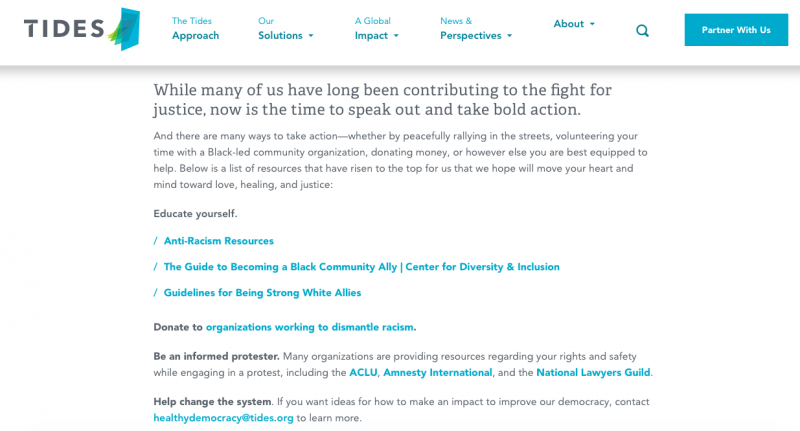
The “antiracist” movement “Black Lives Matter”, which is mainly engaged in organizing mass protests, received tens of millions of dollars from George Soros through the Open Society Foundation.
The whole complex financial scheme of the movement and similar organizations working online and live (copying hashtags, collecting different groups of people, etc.) is well described in the Washington Times – suffice it to say, there is big money involved.
With regard to support from the establishment, the main support for the anti-fascist movement comes from the Democrats. For example, if we take the protest Minnesota, the deputy chairman of the National Committee of the Democratic Party Keith Allison, and now the Attorney General of Minnesota, always patronized Antifa groups – something he openly stated after Trump’s proposal to consider the movement as terrorist.
Or take the case of St. Louis, all the rioters caught by police were released by District Attorney Kim Gardner, whose campaign in 2016 was paid for by the Soros Foundation.
Black lives only matter to white liberals, every 4 years, ahead of an election.
I’m so sorry to those of you that thought otherwise.
— Candace Owens (@RealCandaceO) June 4, 2020
Soros has also funded other candidates in the US – Houston, Texas; Albuquerque, New Mexico; two races in Mississippi; Bossier City, Louisiana and Chicago…
Thus, radical leftists have a lot of sponsors in the US – while some anti-racist NGO is not always perceived as a representative of the antifa, they often push the same discourse and condemn radical actions.
The result is something that pseudo-leftists are ashamed to admit: the so-called leftists and anarchists receive funds from the state and capitalists – those whom the real leftists consider an absolute evil and class enemy.
You can’t criticize them
An attempt to criticize antifa – even “from the left” – causes resentment and criticism.
For example, as we wrote above, attempts to criticize antifa have been designated “anti-Semitism”.
This leads to some paradoxical situations: The very mention of Soros’ finances is also called “anti-Semitism”. In other words, criticizing Soros’ financial schemes is essentially being equated with pogroms against Jews, something which would once have been considered the height of absurdity.
Criticism also fell on the left linguist and philosopher Noam Chomsky for his comments on the anti-fascist movement after the events in Charlottesville. The anarchist academic superstart said that the anti-fascist movement’s actions are wrong and are “a major gift to the right”.
“As for Antifa, it’s a minuscule fringe of the Left, just as its predecessors were,” he told the Washington Examiner. “It’s a major gift to the right, including the militant right, who are exuberant.”
Antifa actions such as disrupting talks are generally self-destructive, he added. For saying so, he was rebuked for “patronizing the extreme right”.
Another leftist thinker, Slavoj Zizek, despite being a tough critic of populism, also hinted at the fact that antifa is not applying the best strategy if they actually want to defeat the right:
“The same holds for the figure of “fascist” in today’s liberal imagination: it enables people to obfuscate deadlocks which lie at the root of our crisis… global capitalism is now presenting itself as the last protection against fascism, and if you try to point this out you are accused of complicity with fascism… Today’s panicky anti-fascism doesn’t bring hope, it kills hope.”
Who needs antifa?
Given these criticisms, why does the group receive such big financial injections? Why support radicals who are so out of control?
It is necessary to drive people into an ideological trap: when the youth wing of antifascism tries to beat up “white supremacists”, “racists” and “fascists”, it attracts the main media attention. The struggle is then delineated by false contours: “white and black,” “communist fascist,” “right and left,” and so on. But the main enemies of all people of all races and faiths remain in the shadows: capitalism in new, transnational forms, and the banking system. While people are artificially divided into opposing groups, Amazon kindly provides its products, Starbucks sells its coffee and Nike sells its sneakers.
Is it possible to ban antifa?
Trump’s statements regarding antifascists are not to be taken seriously, of course. How can you ban liberal thinking and close numerous anti-human capitalist foundations?
And yet, perhaps doing so could actually reduce the turnover of their sponsors: in the United States, for example, any person who provides material support to an organization listed as a terrorist is liable to be charged with terrorism. And, of course, in such a case, radical pseudo-legal groups could be put officially under the scrutiny of federal law enforcement agencies.
The new US Civil War: Who are the real enemies of ordinary Americans?
It is not antifa itself that must be eradicated, but the root of the problem: neoliberalism and unbridled capitalism. This is not about the right and left, or black and white – it’s about the real problems of social and financial segregation and radical deterioration of the situation of all exploited citizens that are masked behind the antifa media spectacle. While many of those who act under the banner of antifa might have a sincere desire to fight fascism, in a time without an explicit threat, and in a country ruled by liberals, these self-appointed moral enforcers have likely become more dangerous than that which they claim to oppose.







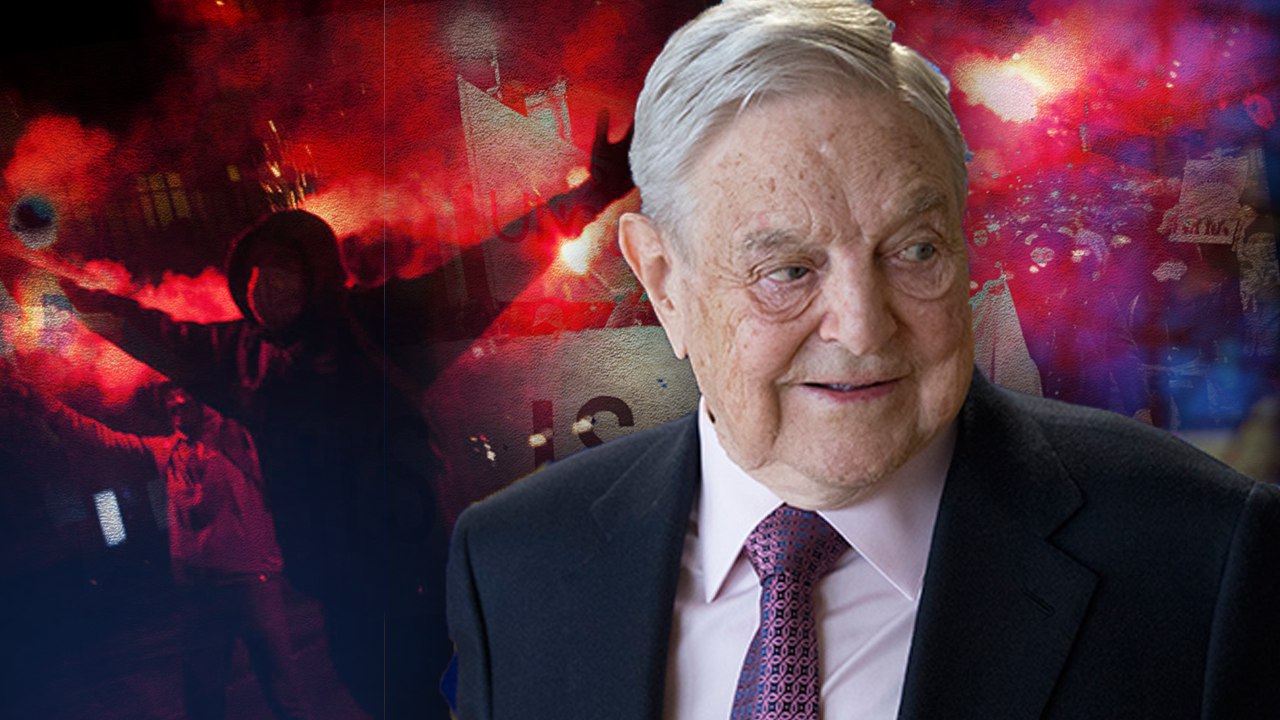
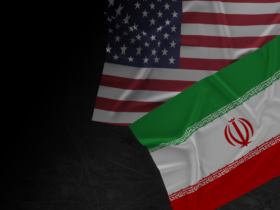
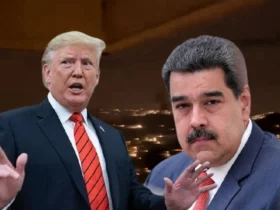
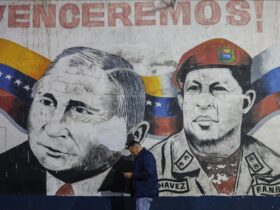
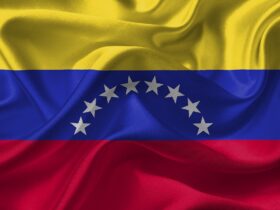



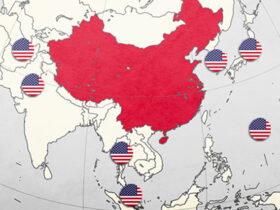

Leave a Reply